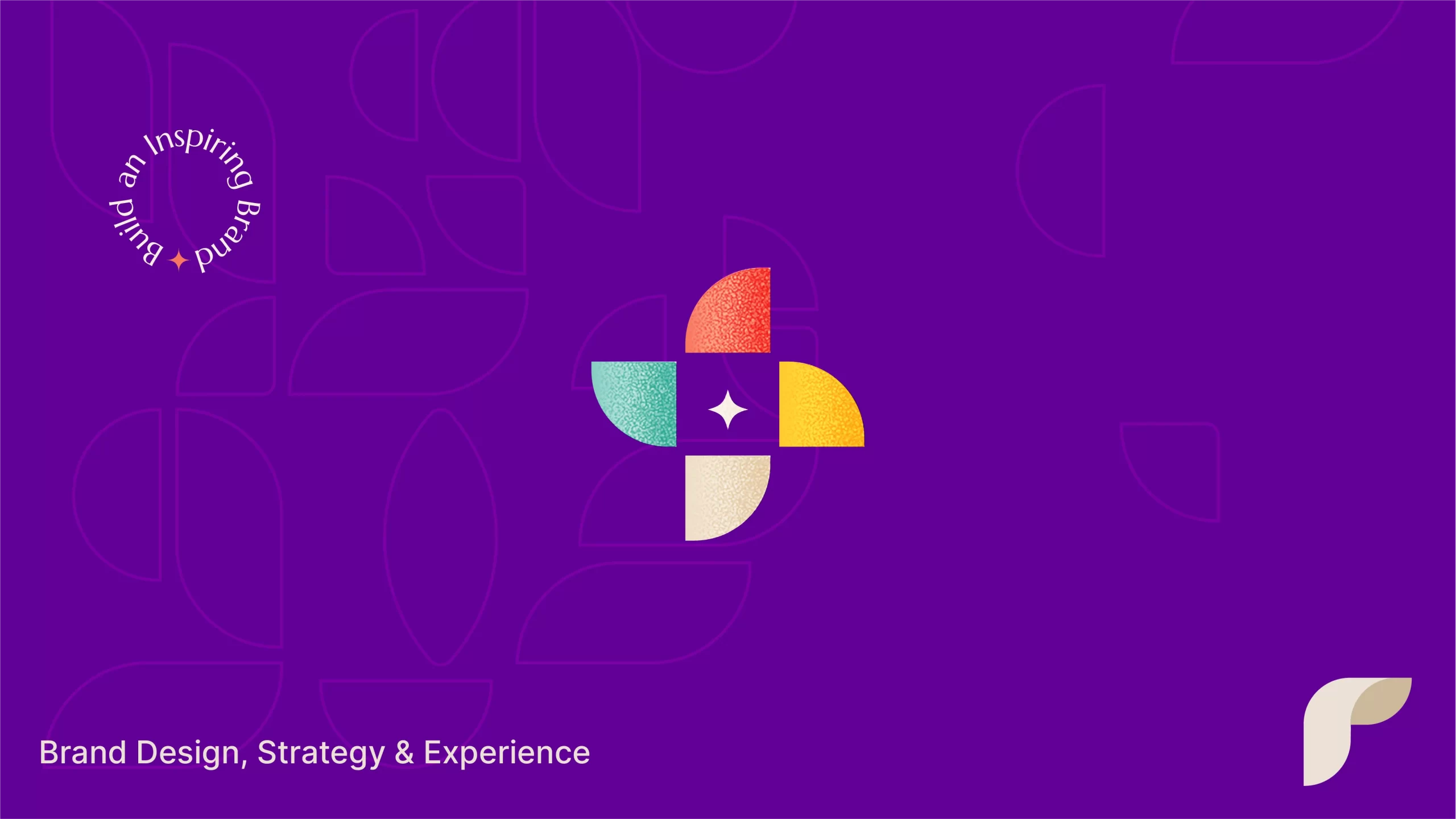As designers, we often seek grand vistas or extraordinary experiences to fuel our creativity. However, some of the best design ideas can spring from the most mundane aspects of our everyday existence.
Design inspiration is everywhere.
It’s in the curve of your coffee mug, the pattern on your curtains, and the layout of your favorite app.
By training our eyes to see the extraordinary in the ordinary, we open ourselves up to a constant stream of inspiration. This approach not only enriches our design work but also enhances our daily lives, making every moment an opportunity for creative discovery.
Inside this article,
Observing your surroundings
Nature is perhaps the most talented designer of all. Take a closer look at the spiral of a jellyfish’s membrane, the intricate veins of a leaf, or the symmetry of a flower. These natural elements offer a treasure trove of inspiration for patterns, color schemes, and organic shapes that can be incorporated into design work.
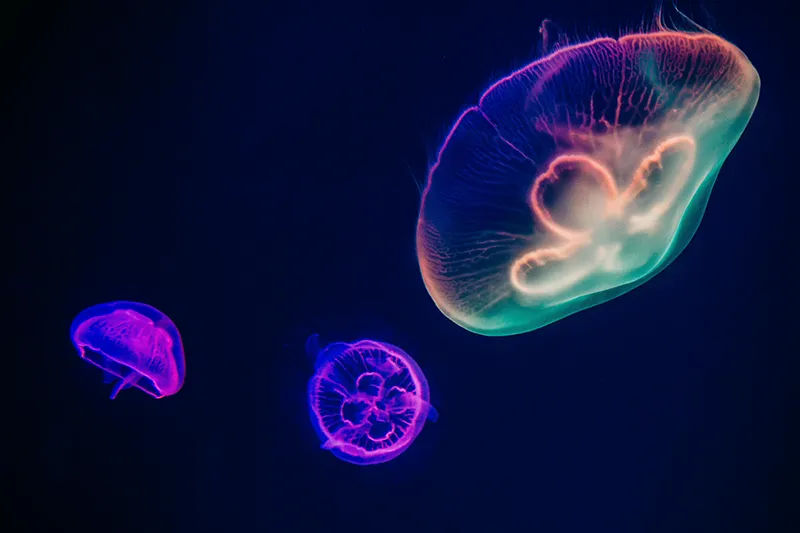


For instance, the Fibonacci sequence, often found in nature (like in the arrangement of sunflower seeds or the petals of a clover), has inspired countless designs in architecture, product design, and graphic layouts. By observing and sketching natural elements, designers can infuse their work with the harmony and balance inherent in the natural world.
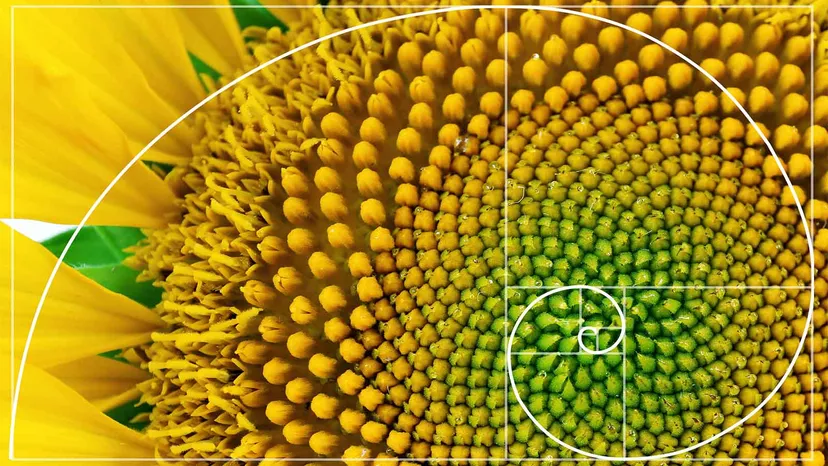
Also read: 10 Graphic design principles every designer should know
Architecture and urban spaces
Our built environment is a canvas of inspiration waiting to be explored.
From the grandeur of Japanese pagodas to the charm of stained-glass windows, urban spaces are filled with design cues. The clean lines and shapes of modern architecture can inspire minimalist designs, while the ornate details of historical buildings can inform more elaborate, decorative styles.
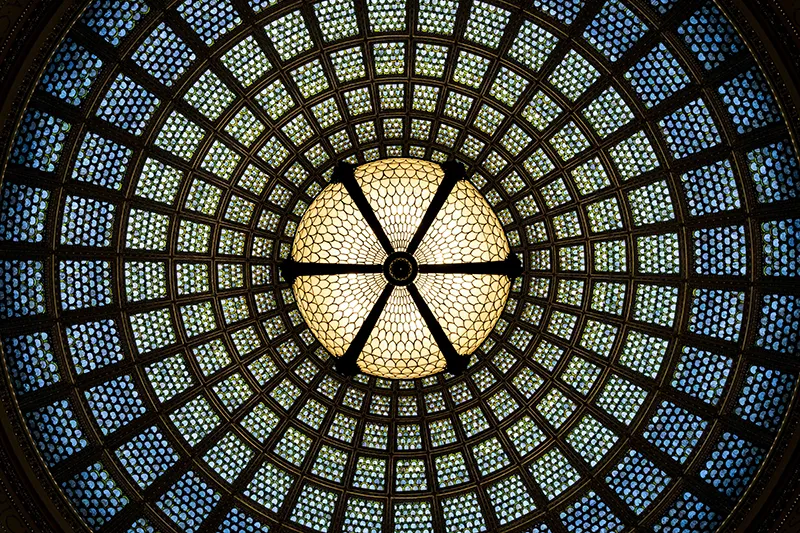
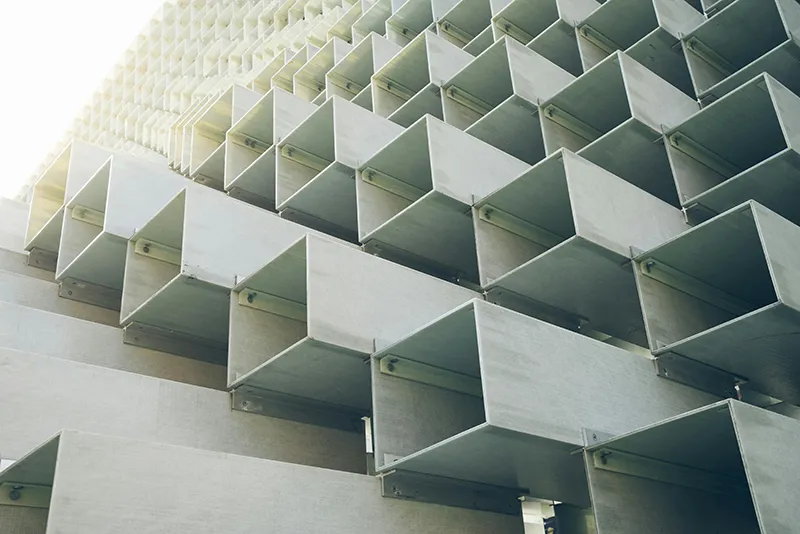
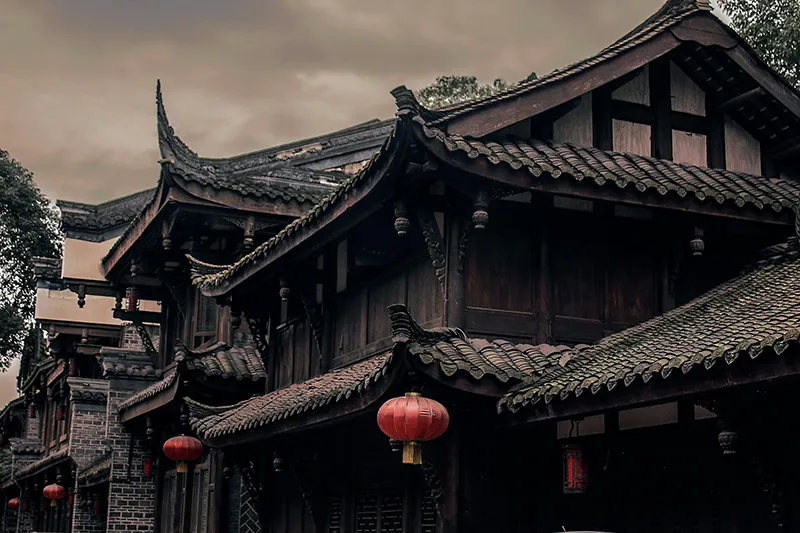
Cultural and historical influences
Every object around us has a story, shaped by cultural and historical forces. From traditional patterns on Indian temple walls to the evolution of Victorian and Italian buildings, these elements can provide rich inspiration for design work that resonates with cultural depth.

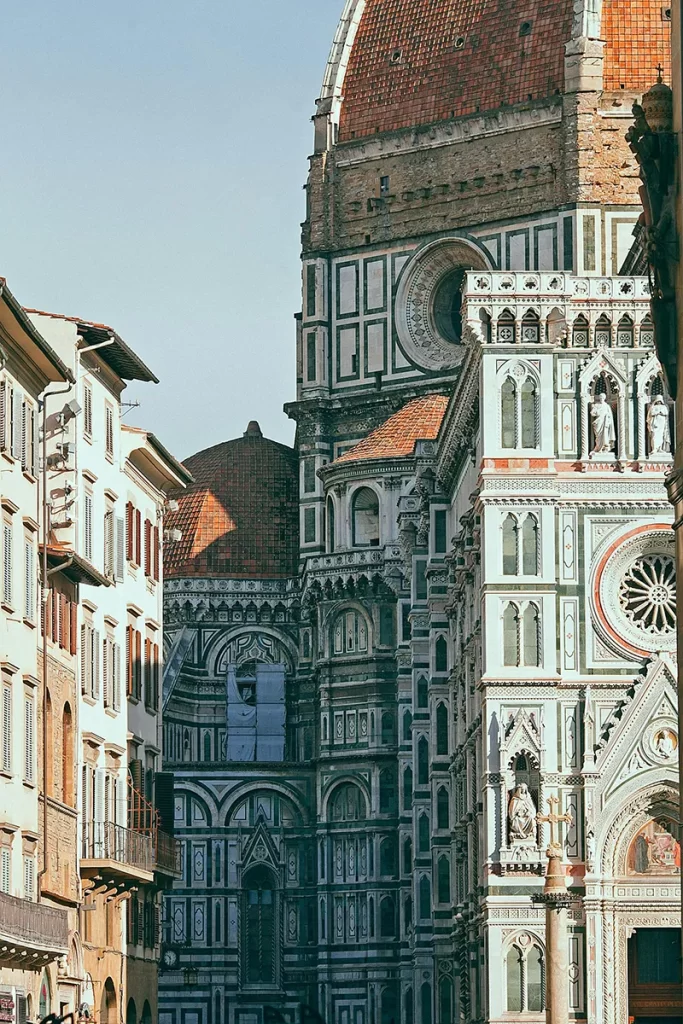
Consider how the sleek, futuristic aesthetics of science fiction have influenced modern tech product design, or how traditional Hindu patterns in temples have shaped contemporary interior design trends. By observing and understanding the cultural context of everyday objects, designers can create work that not only looks good but also carries meaningful narratives.
Inspiration in daily routines
Our homes are filled with potential design inspiration. The ergonomic curve of a well-designed wooden spoon or the shadow and light playing on your pillows through your translucent blinds can spark ideas for form, function, and aesthetic appeal in design projects.
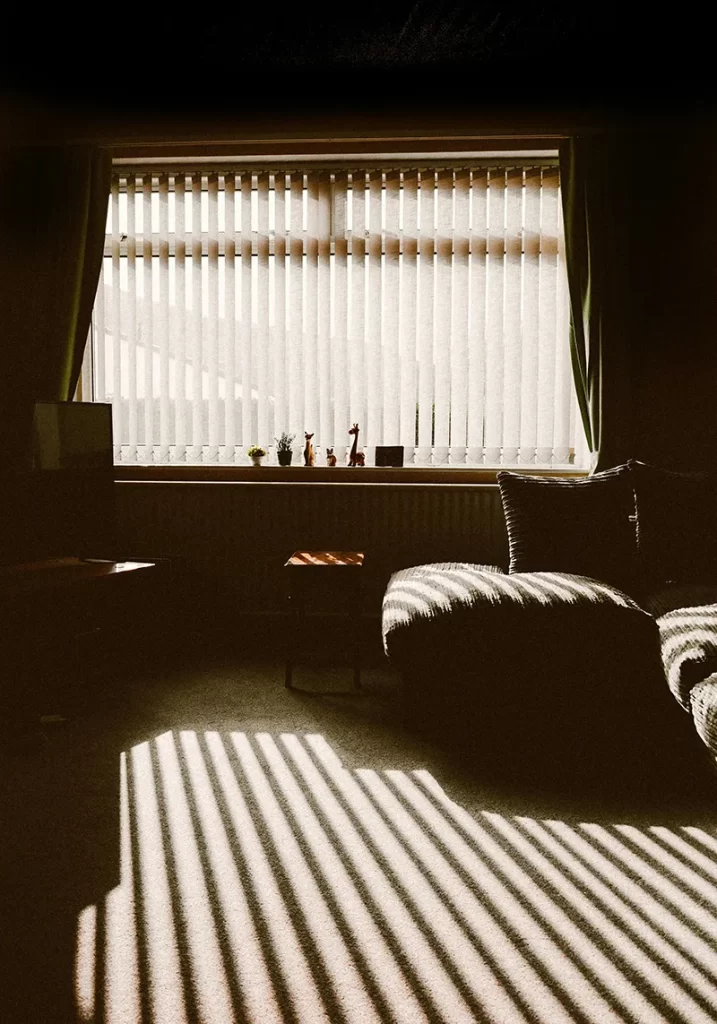
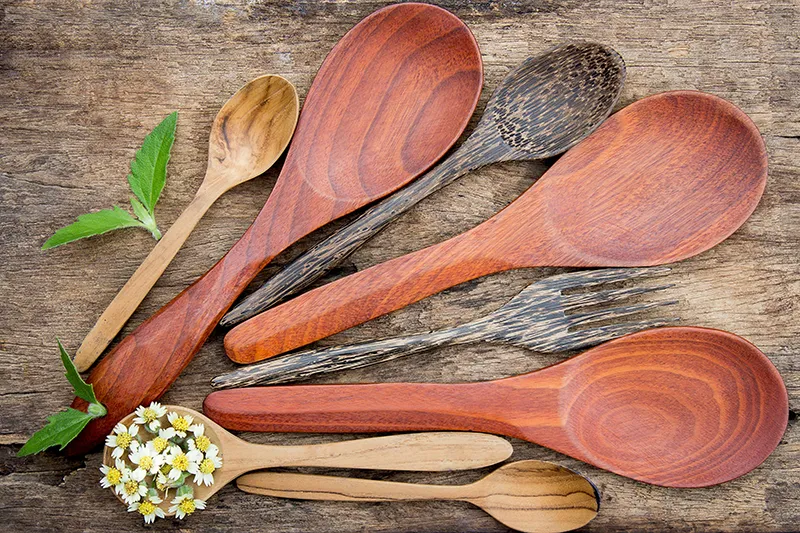
Fashion and personal style
The world of fashion is a constantly evolving source of inspiration for all design fields. The textures of fabrics, the cut of garments, and the way colors are combined in outfits can all inform graphic design, product design, and even user interface design.
Observing how people express themselves through clothing and accessories can also provide insights into current cultural trends and preferences, helping designers create work that resonates with contemporary audiences.
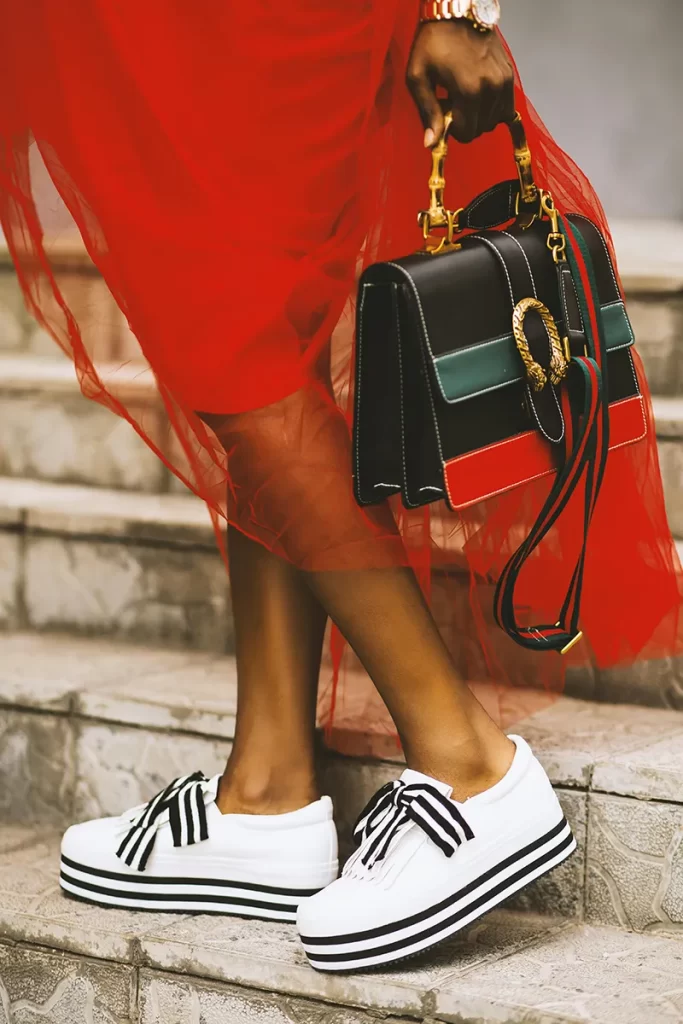
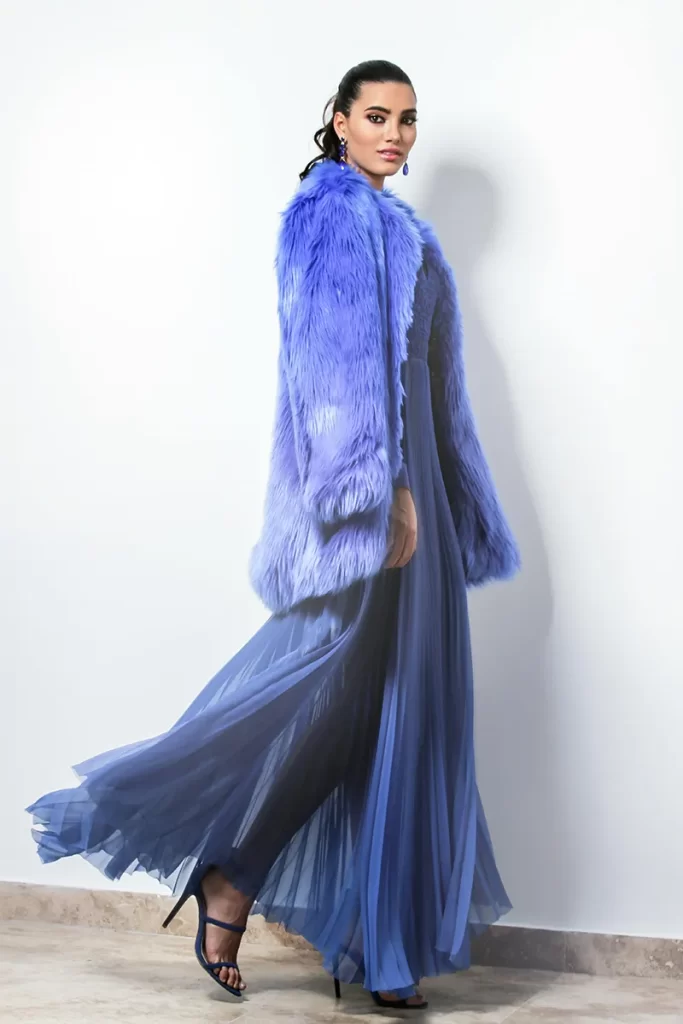
Food and culinary arts
The culinary world is a feast for the senses and a rich source of design inspiration. The plating of a gourmet dish, the color combinations in a fruit bowl, or the packaging of artisanal products can all inspire visual compositions.


Moreover, the process of cooking itself – the transformation of ingredients, the balance of flavors – can be a metaphor for the design process, encouraging experimentation and the harmonious combination of different elements.
People and social interactions
Design that connects emotionally with its audience is often the most impactful. By observing and understanding human emotions and children’s expressions in daily interactions, designers can create work that resonates on a deeper level.
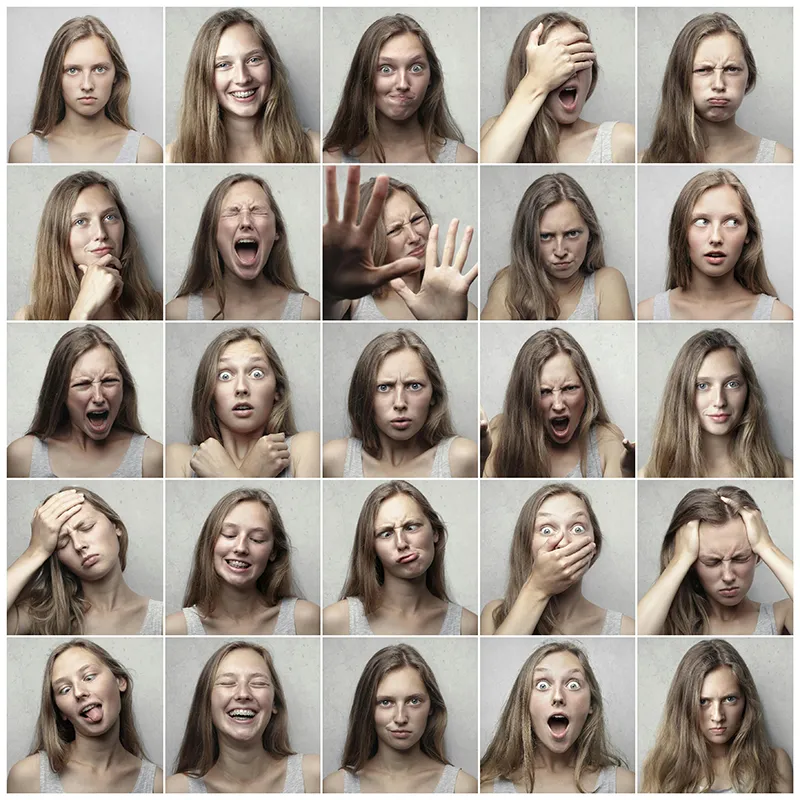

Street art and public spaces
Urban environments are often galleries of spontaneous creativity. Street art, from elaborate murals to quick graffiti tags, can offer fresh perspectives on color use, typography, and visual communication.
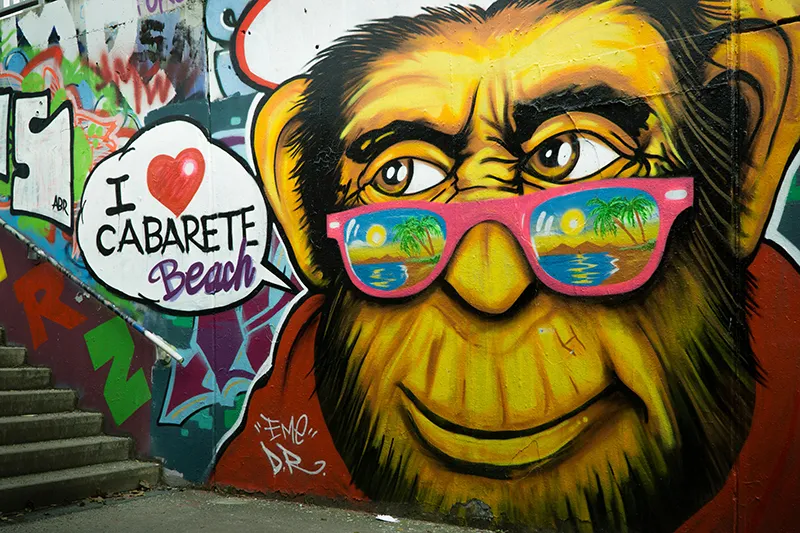

Public spaces like parks, markets, and community centers are also rich in design inspiration, showcasing how people interact with their environment and each other. These observations can inform designs for everything from public signage to social media campaigns.
Conversations and stories
Every conversation overheard on a bus, every anecdote shared by a friend, is a potential seed for design inspiration. These snippets of human experience can inspire narrative-driven designs, inform the tone and voice of branding projects, or spark ideas for visual metaphors in graphic design.
Also read: 8 types of graphic design: Beyond the basics
Using technology to capture inspiration
Taking photos of interesting textures, color combinations, or compositions you encounter in daily life creates a personal repository of visual inspiration to draw from later. Apps like Pinterest or Instagram can also serve as digital mood boards, allowing designers to collect and categorize visual inspiration from their daily observations and the wider world.
Digital tools and apps
Numerous apps and digital tools can help organize and develop design ideas inspired by everyday life. Sketch apps allow for quick capture of ideas on the go, while more sophisticated software can help transform simple observations into complex design concepts.
Turning ordinary into extraordinary
The true skill of a designer lies in seeing the potential in the ordinary. This might mean taking the texture, colors, or cut of broken eggshells and transforming it into a background for a luxury brand, or finding inspiration in the geometric patterns of a manhole cover for an abstract logo design.

Combining unrelated elements
Some of the most innovative designs come from unexpected combinations. The shape of a skull combined with the retro hairstyle of a pop singer, or the color scheme of a sunset applied to a tech product interface – these unexpected fusions can lead to truly original design solutions.

Practical exercises for finding inspiration
Take regular walks with the specific intention of observing your surroundings from a designer’s perspective. Note the interplay of light and shadow, the textures of different surfaces, the way people move through spaces. These observations can be rich fuel for future design projects.
Quick sketches, color swatches, or written descriptions can all help capture fleeting moments of inspiration for later use.
Set yourself small, daily creative challenges based on your everyday experiences. This could be redesigning a product label you see in the supermarket, creating a color palette inspired by your lunch, or sketching a logo based on an interesting shape you noticed on your commute.
Conclusion
Finding design inspiration in everyday life is about more than just coming up with new ideas – it’s about cultivating a mindset of constant curiosity and creativity. By training ourselves to see the extraordinary in the ordinary, we not only enrich our design work but also our daily experiences.
Image credits: pexel.com

